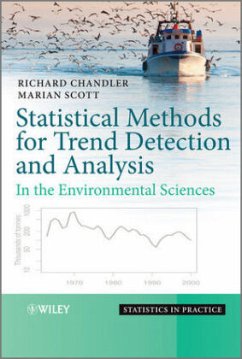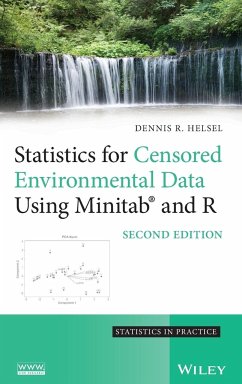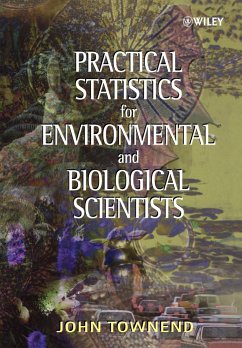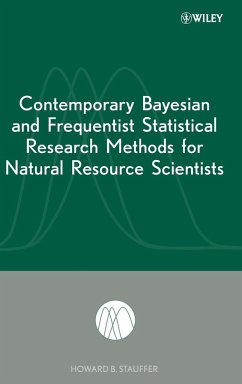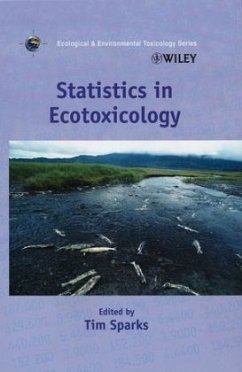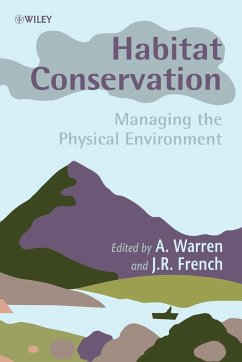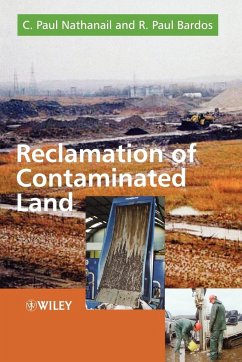Nicht lieferbar
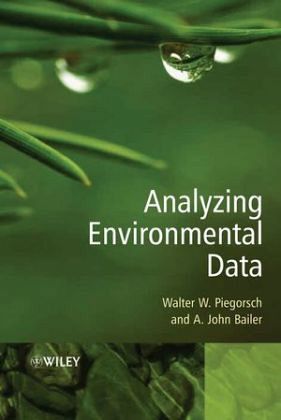
Analyzing Environmental Data
Versandkostenfrei!
Nicht lieferbar
The field of environmental statistics is growing rapidly due to the explosion in automated data collection systems, computing power, interactive, linkable software, public and ecological health concerns, and the continuing need for analysis to support environmental policy-making and regulation. This book provides a coherent introduction to intermediate and advanced methods for environmental data analysis and is based on a course which the author has taught for many years, and prepares students for careers in environmental analysis centered on statistics and allied quantitative methods of evalu...
The field of environmental statistics is growing rapidly due to the explosion in automated data collection systems, computing power, interactive, linkable software, public and ecological health concerns, and the continuing need for analysis to support environmental policy-making and regulation. This book provides a coherent introduction to intermediate and advanced methods for environmental data analysis and is based on a course which the author has taught for many years, and prepares students for careers in environmental analysis centered on statistics and allied quantitative methods of evaluation.
The text also:
_ Takes a data-oriented approach to describing the various methods.
_ Each method described is illustrated with real-world examples.
_ Features extensive exercises, enabling use as a course text.
_ Includes examples of SAS computer code for implementation of the methodology.
_ Supported by a Website featuring solutions to exercises, extra computer code, and additional material.
The text also:
_ Takes a data-oriented approach to describing the various methods.
_ Each method described is illustrated with real-world examples.
_ Features extensive exercises, enabling use as a course text.
_ Includes examples of SAS computer code for implementation of the methodology.
_ Supported by a Website featuring solutions to exercises, extra computer code, and additional material.




